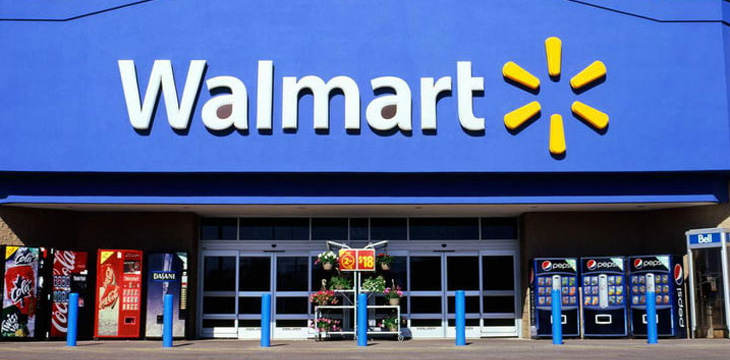|
Getting your Trinity Audio player ready...
|
Last December, retail giant Wal-Mart applied for a patent with the U.S. Patent and Trademark Office (USPTO) that covers an on-demand electrical grid powered by cryptocurrency. That patent has now been approved, according to a publication on the USPTO website.
The patent, which is designed to help entities make better use of individual electrical devices, details how residential dwellings and multisite organizations would be able to utilize the blockchain or another distributed ledger technology to create a network of energy-consuming devices. Each device would then be assigned a certain amount of cryptocurrency that would be used to purchase energy from the local utility company over the course of an established billing cycle.
“Currently, energy providers deliver energy to locations that inefficiently use the energy, which leads to increased energy costs for consumers,” explains the patent. “The increased costs result from various appliances and devices that consume energy at higher levels than the appliance or device may actually need to function or perform certain tasks. Smart appliances and devices are now available to consumers that can operate more energy efficiently, but still consume more energy than needed or economically practical.”
Conversely, if a network consumes less than the allotted energy, the surplus could be shared to another network. For example, if a network runs the air conditioning of a company’s store but doesn’t use its allotment, it would be able to share the surplus with another, similar network at another store owned by the same company. Additionally, the patent outlines the ability of the network to be programmed to sell the surplus or carry it over into the following billing cycle.
In the event a device on the network spends more than the allocated amount, the network includes the capability for other devices to share their funds with that device. This allows the device to continue operating during the billing cycle. The transaction would be stored on the distributed ledger so the device’s owner can monitor the energy usage.
While the idea is certainly a novel approach to the use of cryptocurrency, Wal-Mart isn’t the first company to consider the use of the technology to increase electrical grid efficiency. In Australia, Power Ledger is in the process of constructing a platform that will allow user to buy and sell solar power in real-time. The project was launched in late 2017 and is expected to run for two years as Power Ledger tests the productivity.

 12-13-2025
12-13-2025 





